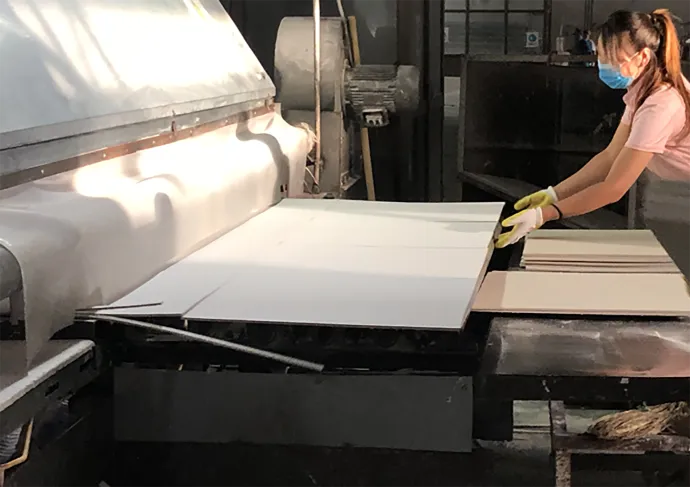Dec . 05, 2024 08:23 Back to list
Understanding the Benefits and Applications of Suspended Ceiling Tees in Modern Construction
Understanding Suspended Ceiling Tees Enhancing Interior Spaces
Suspended ceiling tees play a critical role in modern interior architecture, serving as the backbone of suspended ceiling systems. These essential components not only provide structural support but also enhance the aesthetic appeal of various spaces, from commercial buildings to residential homes. In this article, we will delve into the purpose, types, installation, and benefits of suspended ceiling tees.
What are Suspended Ceiling Tees?
Suspended ceiling tees are T-shaped metal or PVC components that help create a grid-like framework for suspended ceilings. This framework is mounted on the ceiling joists and supports ceiling tiles or panels, allowing them to float below the structural ceiling. The tees are typically 12 feet long and are designed to interlock with other components of the ceiling system, including main runners and cross tees, to create a stable and durable ceiling surface.
Types of Suspended Ceiling Tees
There are various types of suspended ceiling tees available in the market, each designed to accommodate different needs and styles
1. Main Tees These are the primary runners that run perpendicular to the ceiling joists and support the cross tees. They create the main framework of the ceiling grid.
2. Cross Tees Installed at right angles to the main tees, cross tees form the framework where ceiling tiles rest. They are typically shorter than main tees and come in various lengths.
3. Designer Tees For those looking for aesthetics, designer tees offer unique designs and finishes that can enhance the overall look of the ceiling. These may come in different materials and finishes to suit modern interior styles.
4. Acoustic Tees Designed for spaces that require sound control, acoustic tees are made from sound-absorbing materials to reduce noise levels in commercial or residential environments.
Installation of Suspended Ceiling Tees
Installing suspended ceiling tees is a straightforward process but often requires precision and a good understanding of the space’s dimensions. Here is a general overview of the installation steps
suspended ceiling tees

1. Planning and Measurement Before installation, it's essential to measure the room accurately. Determining the height and layout will help in establishing the right spacing for the tees.
2. Installing Main Tees Begin by attaching the main tees to the ceiling joists, ensuring they are level and spaced according to the ceiling tile dimensions.
3. Adding Cross Tees Once the main tees are in place, insert the cross tees at regular intervals to create a grid pattern compatible with the chosen ceiling tiles.
4. Finishing Touches After the framework is structured, ceiling tiles can be placed into the grid, ensuring a flush and uniform appearance.
Benefits of Suspended Ceiling Tees
The benefits of using suspended ceiling tees in your interior space are numerous
1. Aesthetic Appeal The clean lines and uniform surface of suspended ceilings provide a modern look that can enhance any room.
2. Acoustic Control With the option for acoustic panels, suspended ceilings can significantly reduce noise levels, making them ideal for offices, schools, and theaters.
3. Ease of Access The suspended ceiling space allows for easy access to electrical, plumbing, and HVAC systems, simplifying maintenance and upgrades.
4. Versatility Available in various materials, colors, and sizes, suspended ceiling tees can be adapted to suit different architectural styles and design preferences.
In conclusion, suspended ceiling tees are essential components that contribute to both the structural integrity and aesthetic quality of interior spaces. Their versatility, along with their functional benefits, make them a popular choice in various applications, from commercial to residential settings. Whether you are designing a new building or renovating an existing space, consider the advantages that suspended ceiling tees can provide.
-
Quality Ceiling Trap Doors & Access Panels | Easy & Secure AccessNewsAug.30,2025
-
Durable Ceiling T Grid Systems | Easy InstallationNewsAug.29,2025
-
PVC Gypsum Ceiling: Durable, Laminated Tiles for Modern SpacesNewsAug.28,2025
-
Pvc Gypsum Ceiling Is DurableNewsAug.21,2025
-
Mineral Fiber Board Is DurableNewsAug.21,2025
-
Ceiling Tile Clip Reusable DesignNewsAug.21,2025







